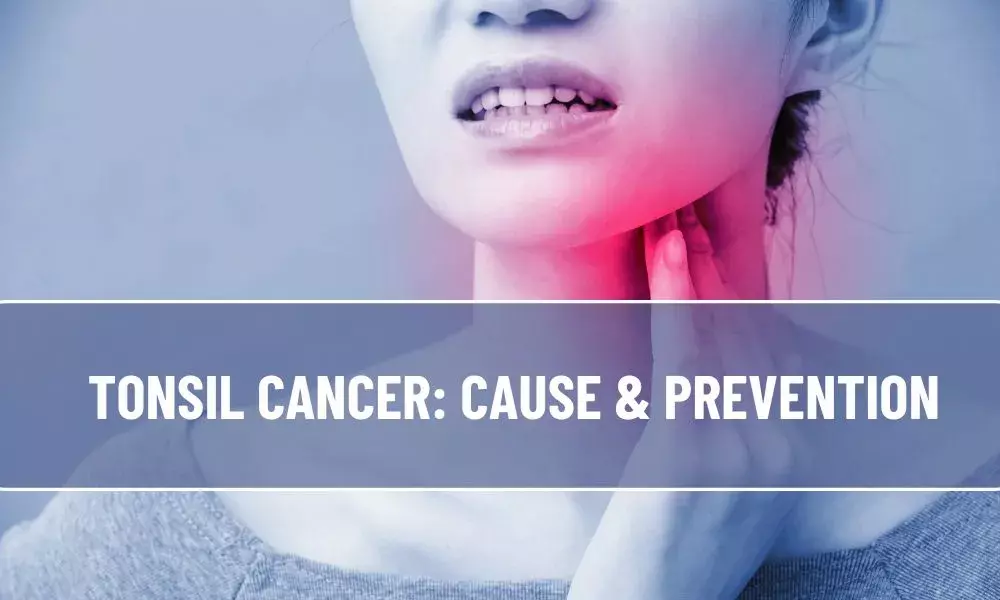The majority of customers favored “high-in” warning labels. Such warning labels are regarded as the most straightforward and user-friendly FOPL design.
New Delhi: More than 20,000 people participated in an online survey that provided timely consumer choice insights as the Food Safety and Standards Authority of India (FSSAI) prepares to unveil the much-anticipated draught rule on food labeling. According to the online survey, 91.4% of respondents preferred FOPL (consumer-friendly Front of Package Labeling) for packaged food goods.
“High-In” warning labels have the most straightforward and readable FOPL design. In this arrangement, “high-in fat/salt/sugar” is prominently and visibly printed on the top (front) of the packet if the packaged product includes a high quantity of fat, salt, or sugar.
“A whopping 98% of those surveyed said “Yes” when asked if they would feel comfortable eating packaged goods with basic warning labels displaying fat, salt, and sugar levels higher than the limits recommended by the World Health Organization (WHO). Additionally, over 95% want warning labels on food packs that indicate how much fat, salt, and sugar are there. To protect consumers’ health, the WHO has established the scientific limits for fats, sugar, and salt in packaged goods.”
The findings of the week-long online survey, which received 22,647 responses, show that the right FOPL has substantial public support. FOPL is a straightforward yet crucial tool that can assist customers in selecting healthier foods. “The goal of these unambiguous warning labels on processed food packages is to notify customers about the level of sugar, salt, and saturated fat that might help discourage consumption of unhealthy food products,” said Manish Tiwari, Director, Institute for Governance Policies and Politics (IGPP).
Parliament and medical professionals from the All India Institute of Medical Sciences (AIIMS), New Delhi, agreed during a recent roundtable discussion titled “FOPL, Impact of Packaged Foods on Health” that FOPL can play a strategic role in lowering NCDs in India. The WHO also supports the mandated use of front-of-pack labeling that is easily readable and understandable.




